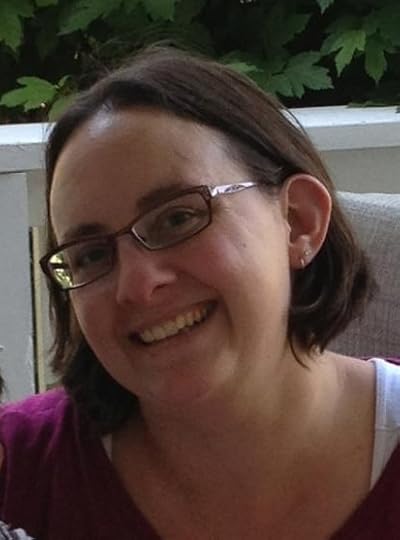Hidden NaNoWriMo Resources at your Local Library

While most writers won’t have time in November for in-depth research, the library is still a crucial destination for early planners, or for any Wrimo who’s motivated by a book-charged environment. The obvious must-have is Chris Baty’s classic No Plot? No Problem!, although libraries have other books about writing fiction (generally shelved in the 808 section if you are using the Dewey Decimal System).
But besides fiction technique books, is your library promoting all of the writing resources it has for its local budding novelists? Check out these “hidden” writing resources:
Grab a few Fiction Books in the genre you are writing, for reference and inspiration. YA’ers, meet Maureen Johnson. Fantasy writers, cozy up to Brandon Sanderson.
Browse through the same Non-Fiction Books your character might! It’s a great way to get a quick sense of something about your character’s interests (Kayaking? Hobbyist robotics? Making cake pops? Living with fibromyalgia? Preschool teacher resources?)
Check out Movies and Music to find inspiration from classic movie storylines, the stirring soundtrack of your action scene, or the sappy love song that your characters will always remember from the night they met.
Look up specific back issues of archived magazines and newspapers on microfilm for a historical novel. Get a quick glimpse to inspire you in November, and then return to the library later while you’re editing to research and fact-check your descriptions.
Need a character name? Baby Name Books provide first names and Genealogy resources are great for surnames.
Need to know about your character’s career choice? In the US, the Occupational Outlook Handbook sums it up nicely (and it’s also online).
Don’t forget the physical space. Even if you’re not a planner, during November your library may offer:
Come Write In space: write uninterrupted on your own laptop.
Free Wi-Fi is usually available. Although you might want to wait to connect until after you reach your word count for the day.
If you need a computer, most libraries provide public computers. In fact, Gennifer Albin, the author of Crewel , wrote her novel during NaNoWriMo on a library computer. There is nothing like a time limit to help you write faster!
People watching. Need I say more.
Here at the Topeka and Shawnee County Public Library, we have been expanding our NaNoWriMo programs each year since 2004. Besides an October kickoff, which we call “How to Write a Novel in 30 Days” we now offer two early-October workshops on pre-writing and on plotting, scenes and dialogue.
We also have a few Sunday afternoon write-ins, which have gradually moved from the public computer lab to a bring-your-own-laptop meeting-room setting. And our participants meet for a few mid-week Wednesdays at a coffee shop in town to “Caffeinate and Chat” informally.
This year, to encourage other librarians to partner with NaNoWriMo, I also put our handouts online and recorded a free 20-minute webinar for librarians who are considering offering NaNoWriMo programs.
Our library also sponsored a Community Novel Project this year, in which 20 local fiction authors, most unpublished, each contributed a chapter to advance an adventure story, which the library then published. We worked on a tight deadline, and Capital City Capers was published in September, because I knew that the NaNoWriMo writers who participated all had other priorities in November!
 Lissa Staley is a contributing author and editor of Capital City Capers, a serialized, twenty-author Community Novel Project. She is a Book Evangelist and Librarian at the Topeka and Shawnee County Public Library, the ML for Topeka, Kansas, and a nine time NaNoWriMo winner. November is her favorite time of year.
Lissa Staley is a contributing author and editor of Capital City Capers, a serialized, twenty-author Community Novel Project. She is a Book Evangelist and Librarian at the Topeka and Shawnee County Public Library, the ML for Topeka, Kansas, and a nine time NaNoWriMo winner. November is her favorite time of year.
Do you ever work in your library for NaNoWriMo? Any pro-tips that you’ve gleaned?
Chris Baty's Blog
- Chris Baty's profile
- 63 followers



